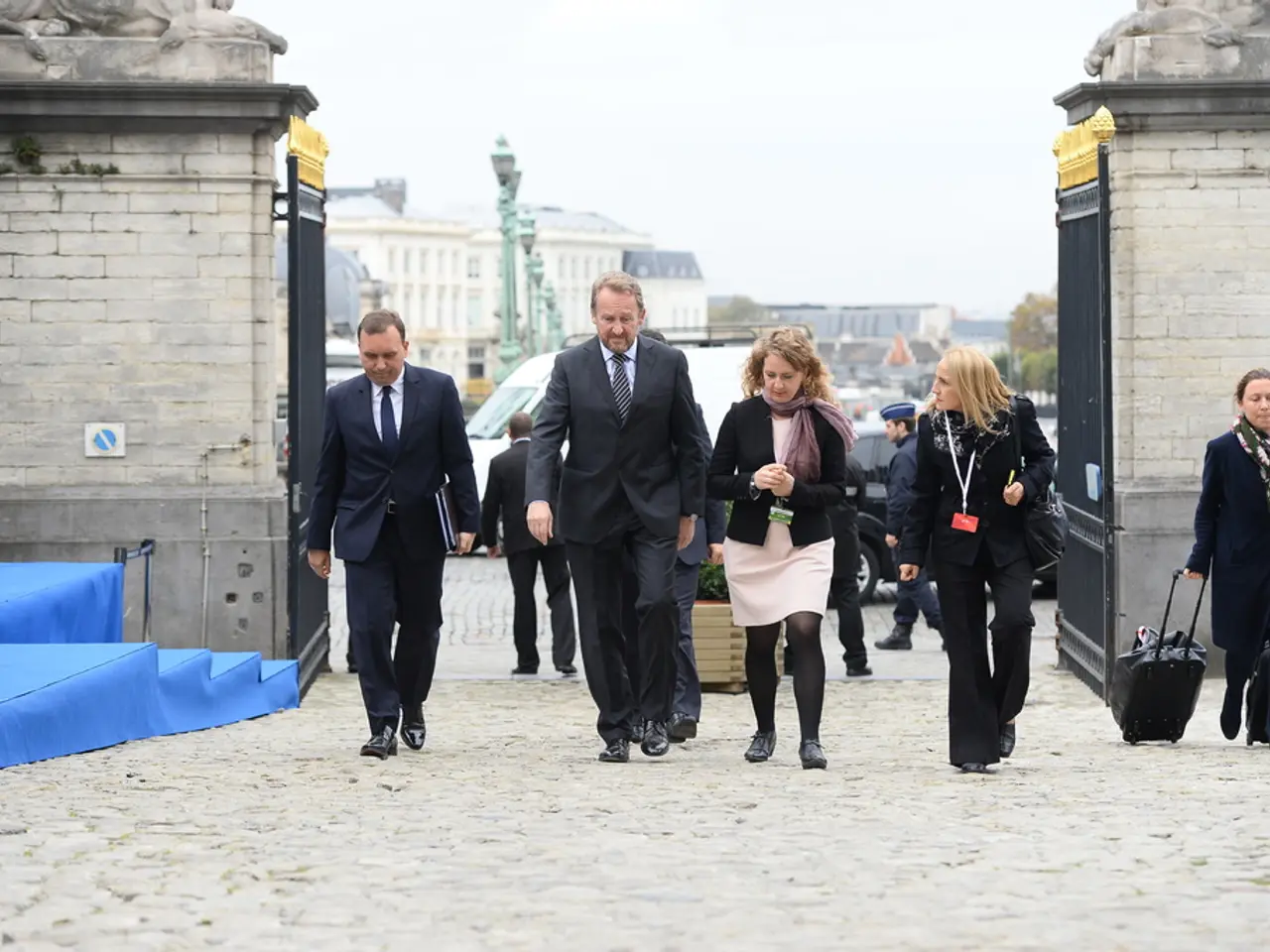Fashion companies delaying commitments to eco-friendly practices
In the global race to combat climate change, the fashion industry faces a significant challenge: a financing gap that hinders suppliers from transitioning to cleaner, more energy-efficient technologies. This issue primarily arises because many leading fashion brands are not providing sufficient funding or support to their supply chains to meet ambitious climate targets.
According to a recent report, only six brands, including H&M, offer project financing for supplier decarbonisation efforts. This leaves suppliers, particularly factories, to bear the substantial capital costs of transitioning on their own. For instance, in Bangladesh, 83% of the garment industry's emissions are due to the on-site burning of fossil fuels like natural gas. Replacing gas-based boilers with energy-efficient equipment like heat pumps requires substantial upfront investments that many suppliers cannot afford without external financing.
The reasons for this financing gap are manifold. Brands often set ambitious net-zero or emissions reduction targets but fail to allocate financial resources to suppliers to achieve these goals, turning their climate targets into unfunded mandates that suppliers must shoulder alone. Additionally, many brands lack visible efforts to finance their climate plans and support suppliers to decarbonize.
Industry experts propose several potential solutions to address this gap. Firstly, brands need to move beyond setting targets and provide concrete financial support to suppliers for decarbonisation projects, including capital investments in renewable energy and energy efficiency. Secondly, offering long-term contracts and fair price premiums to incentivise suppliers to invest in sustainable technologies and processes can reduce financial risks and improve supplier willingness to decarbonize.
Collaborative platforms and matchmaking events, such as the Sustainable Fashion Platform South Asia, also play a crucial role in fostering innovation in renewable energy, energy efficiency, water conservation, and circular economy practices. These initiatives connect brands, technology companies, and suppliers, accelerating decarbonisation by combining technological solutions with market opportunities.
Lastly, policy support and international cooperation are essential to increase resource flow towards sustainable textile manufacturing, helping suppliers overcome capital constraints and adopt green technologies.
In conclusion, the financing gap exists because many brands impose climate goals without fully funding the necessary transitions, leaving suppliers burdened with high upfront costs and risks. Addressing this gap requires stronger financial commitments from brands, incentive structures like long-term contracts and price premiums, and collaborative innovation platforms to scale sustainable solutions in textile production.
- Corporate responsibility in the fashion industry is imperative as it faces a significant challenge of a financing gap that hinders its suppliers from transitioning to cleaner, more energy-efficient technologies to combat climate change.
- The financing gap is primarily due to leading fashion brands not providing sufficient funding or support to their supply chains to meet ambitious climate targets, leaving them with the substantial capital costs of transitioning on their own.
- A recent report revealed that only six brands, including H&M, offer project financing for supplier decarbonisation efforts, with many suppliers bearing the brunt of the substantial upfront investments required to replace fossil fuel-based boilers with energy-efficient equipment.
- Industry experts propose several solutions to address the financing gap, including brands providing concrete financial support for decarbonisation projects, offering long-term contracts, and fair price premiums to incentivise suppliers to invest in sustainable technologies.
- Collaborative platforms and matchmaking events can foster innovation in renewable energy, energy efficiency, water conservation, and circular economy practices, connecting brands, technology companies, and suppliers for the acceleration of decarbonisation.
- Policy support and international cooperation are essential in increasing resource flow towards sustainable textile manufacturing, helping suppliers overcome capital constraints and adopt green technologies.
- Failure to address the financing gap could lead to the continuation of unsustainable practices in the fashion industry, impacting the environment and impeding progress towards the United Nations Sustainable Development Goals (SDGs).
- To ensure future business sustainability, fashion brands must prioritize their environmental responsibilities, aligning their actions with both scientific consensus on climate change and the broader call for sustainability in finance, lifestyle, fashion-and-beauty, and other industries.




